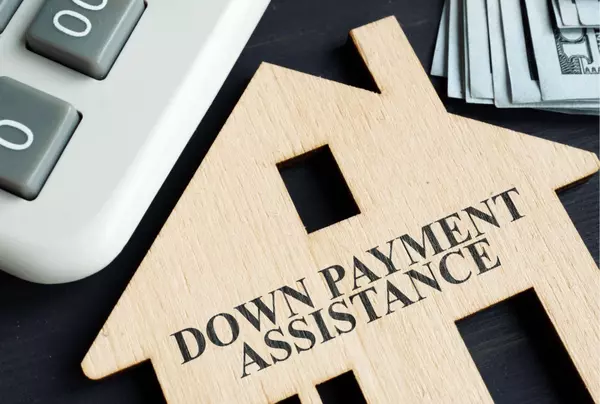How do I negotiate offers and counteroffers?

Negotiating offers and counteroffers is a critical skill for any real estate agent. It requires a blend of market knowledge, strategic thinking, and effective communication. Mastering this process can make the difference between a closed deal and a lost opportunity. In this post, we’ll explore the steps and strategies that will help you become a proficient negotiator in the real estate market.
Understanding the Initial Offer
The initial offer sets the stage for the negotiation process. It’s crucial to understand the motivations and priorities of both the buyer and the seller. Start by analyzing the offer thoroughly. Look beyond the price and consider other terms such as contingencies, closing dates, and any included items. Understanding the full scope of the offer allows you to communicate effectively with your client and strategize your next steps.
Communicating with Your Client
Clear and open communication with your client is essential throughout the negotiation process. Ensure your client understands the terms of the offer and the potential implications. Discuss their goals and priorities to determine which aspects of the offer are negotiable and which are deal-breakers. This collaborative approach ensures that you and your client are aligned and can present a united front during negotiations.
Crafting a Counteroffer
When crafting a counteroffer, aim to balance firmness with flexibility. Highlight the aspects of the initial offer that are acceptable while proposing changes to terms that are not. Be sure to justify your counteroffer with market data and comparable property analyses. This approach demonstrates professionalism and helps to substantiate your position, making it more likely that the other party will consider your terms seriously.
Presenting the Counteroffer
Presentation is key when delivering a counteroffer. Approach the conversation with a positive and collaborative attitude. Emphasize that your goal is to reach a mutually beneficial agreement. Clearly articulate the reasons behind each term in the counteroffer, and be prepared to address any questions or concerns the other party may have. A well-presented counteroffer can set a constructive tone for the negotiations and increase the likelihood of a successful outcome.
Handling Rejections and Further Negotiations
Not all counteroffers will be accepted immediately. Be prepared for rejections and additional rounds of negotiation. Maintain your composure and continue to focus on finding common ground. Each round of negotiation is an opportunity to refine your strategy and move closer to a deal. Patience and persistence are key traits in this stage of the process.
Closing the Deal
Once an agreement is reached, it’s time to finalize the details and close the deal. Ensure that all terms are clearly documented and understood by both parties. Coordinate with other professionals involved in the transaction, such as attorneys and inspectors, to ensure a smooth closing process. Your role as a negotiator doesn’t end until the deal is officially closed and your client is satisfied.
Continuous Improvement
Negotiation is an art that can always be improved. After each transaction, take time to reflect on what went well and what could be improved. Seek feedback from your clients and colleagues, and consider additional training or resources to enhance your skills. Continuous improvement will make you a more effective negotiator and a more valuable asset to your clients.
In conclusion, negotiating offers and counteroffers is a multifaceted process that requires preparation, communication, and adaptability. By understanding the initial offer, communicating effectively with your client, crafting and presenting well-justified counteroffers, handling rejections with grace, and continuously improving your skills, you can master the art of negotiation and achieve successful outcomes for your clients.
Recent Posts

The Pros and Cons of Using Down Payment Assistance

How to Choose the Best Brokerage for You—We’re Hiring!

How to Know if It’s Time for You to Sell Your Home

How to Know if It's a Good Time for You to Buy a Home

5 Must-Have Features in a Home for First-Time Buyers

Understanding Homeowners' Associations: What You Need to Know

How to Choose the Right Neighborhood for Your Lifestyle

Exploring Different Types of Home Loans: Which is Right for You?

Understanding the Differences Between Short Sales and Foreclosures

How to Rent Out Your Property: A Comprehensive Guide

